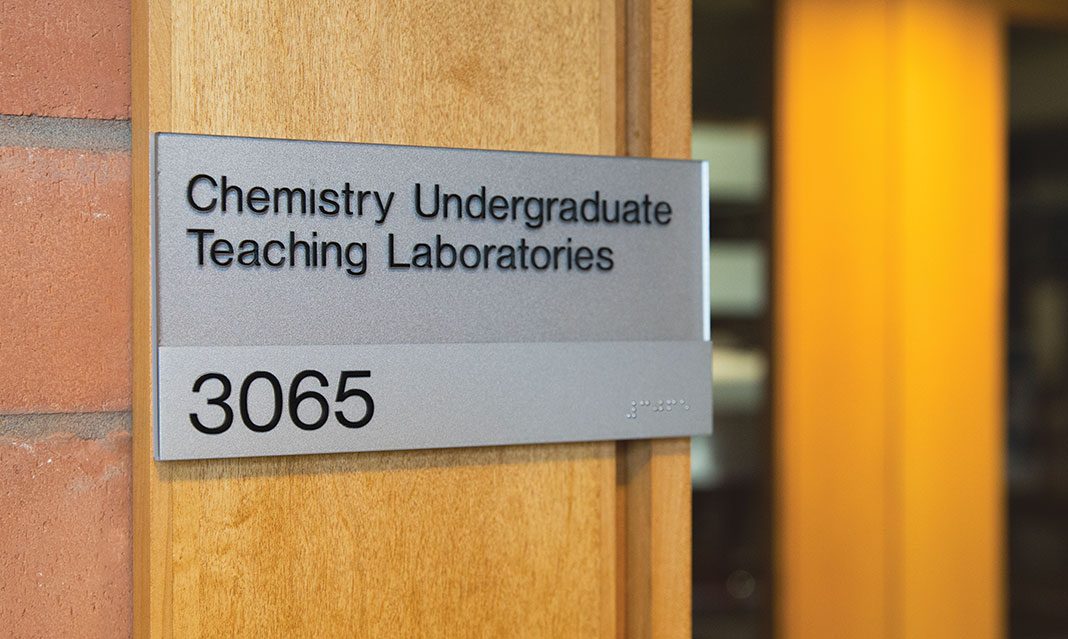The research facilities of the University of Toronto campuses will undergo infrastructure renovations worth $190 million.
The Lab Innovation for Toronto, also known as LIFT, is a tri-campus project partly funded by the federal and provincial governments, as well as by U of T itself.
The LIFT project does not focus on building new spaces, but rather to better utilize the space the university already has.
Each campus will be contributing their own funds for their respective projects. UTM’s focus will be on upgrading their faculty research labs.
At UTM, some of the renovated labs in the William G. Davis building have been combined to make larger labs.
Vivek Goel, U of T’s vice-president of research and innovation, explained to The Medium that the renovation of the labs and combining them to provide a larger work environment would help encourage more collaborative work between students.
In an interview with The Medium, UTM’s vice-president of research and innovation, Bryan Stewart, said that although connecting the rooms reduces the quantity of labs, it increases the ability for students to use the space and raises the amount of sessions able to run in one room at a given time.
In addition to improving lighting conditions and visually modernizing the labs, much of the funding will be dedicated to improving structural concerns, including installing backup generators to protect research and new heating, ventilation, and air conditioning units.
Another addition will be the installation of more efficient fume hoods, as well as a machine that is ventilated outside and designed to remove chemicals and agents from the air within the labs.
“When the fume hoods were first installed, it was very old technology. Basically it just sucked all kinds of air out and blew it out through the stacks on the roof. All the air that’s being sucked out we pay to either heat or cool,” said Stewart.
“So nowadays there are what are called variable flow fume hoods. So, basically when they are not in use, they will automatically turn down the amount of air they are moving through, so that allows us to realize a lot of savings.”
According to Stewart, replacing the old fume hoods will provide better safety and will give U of T the chance to become more sustainable in its approach to research.
Stewart also mentioned that the LIFT project will provide the foundation with more research to be done in the future.
The innovations across the university are expected to help attract more graduate students to the institution, and therefore increase future research output.
When asked what goals the university hopes to achieve by the LIFT project, Goel said, “Ensuring that our research has benefits for the society, and the opportunity for us to engage with community partners, government, and other agencies as well as the industry in getting the results of our research out into practice for the benefit of Canadians.”
Part of the grant by the Liberal government that permitted U of T to undergo these changes requires the renovations to be completed by early spring of 2018.



